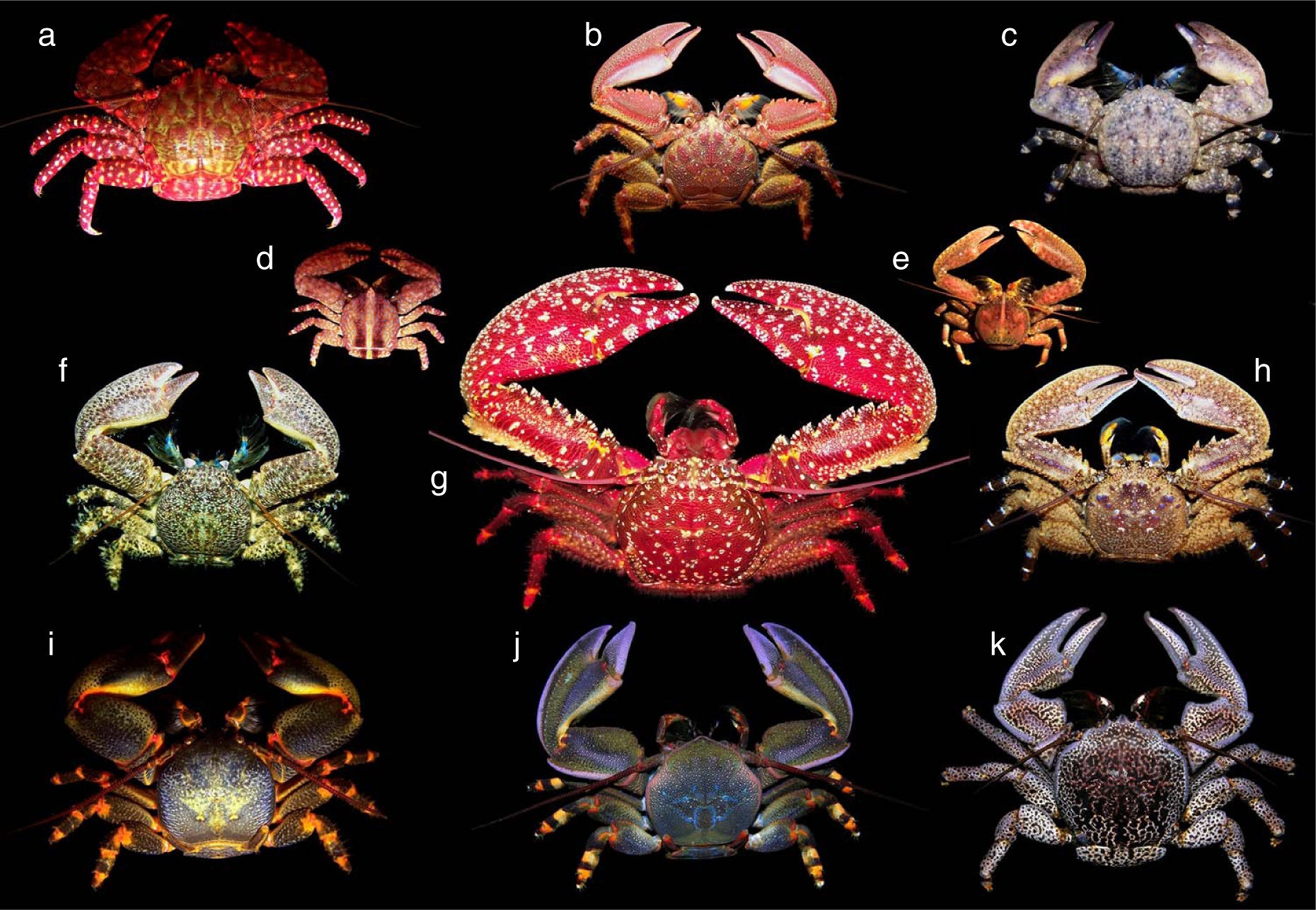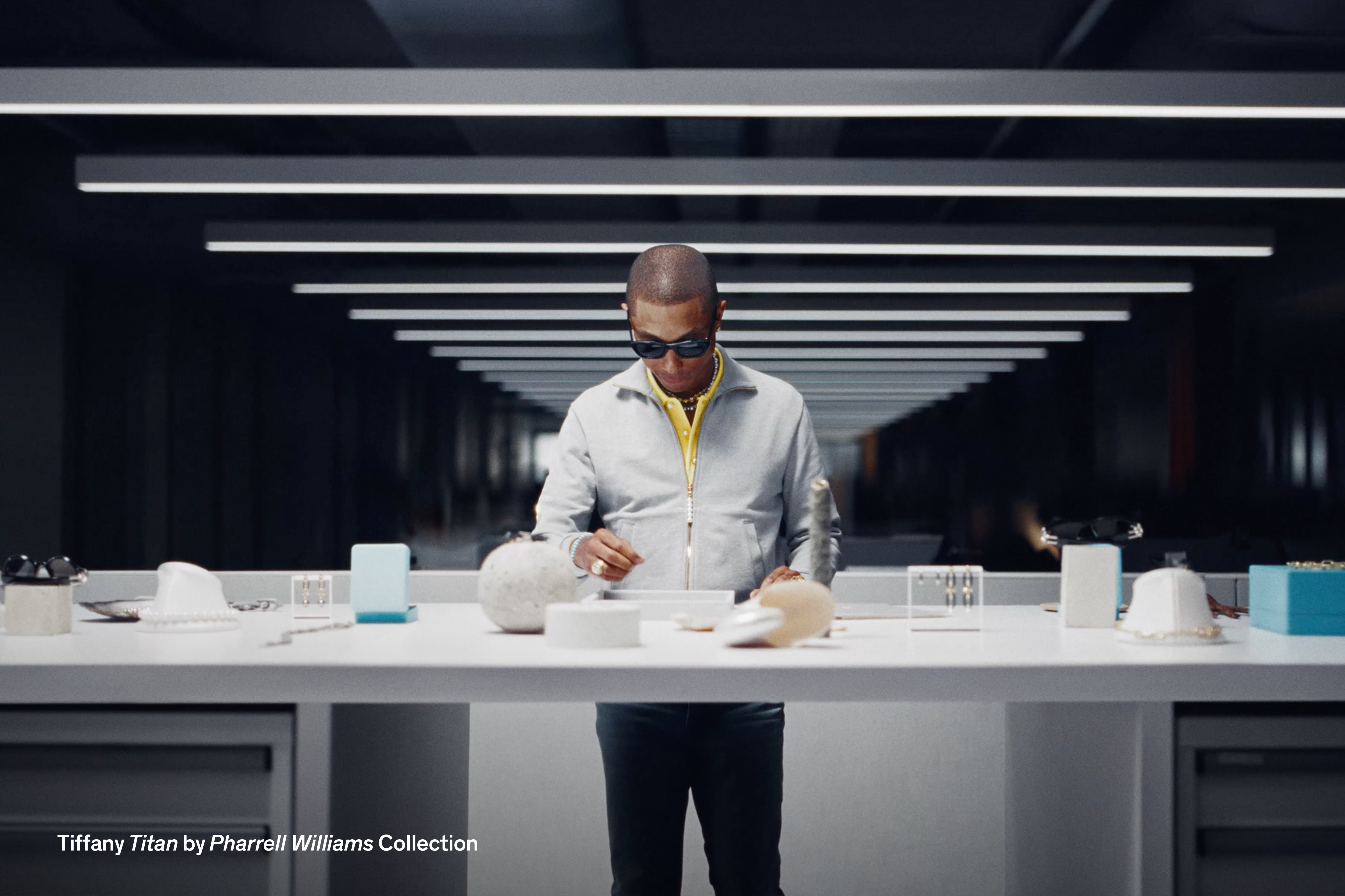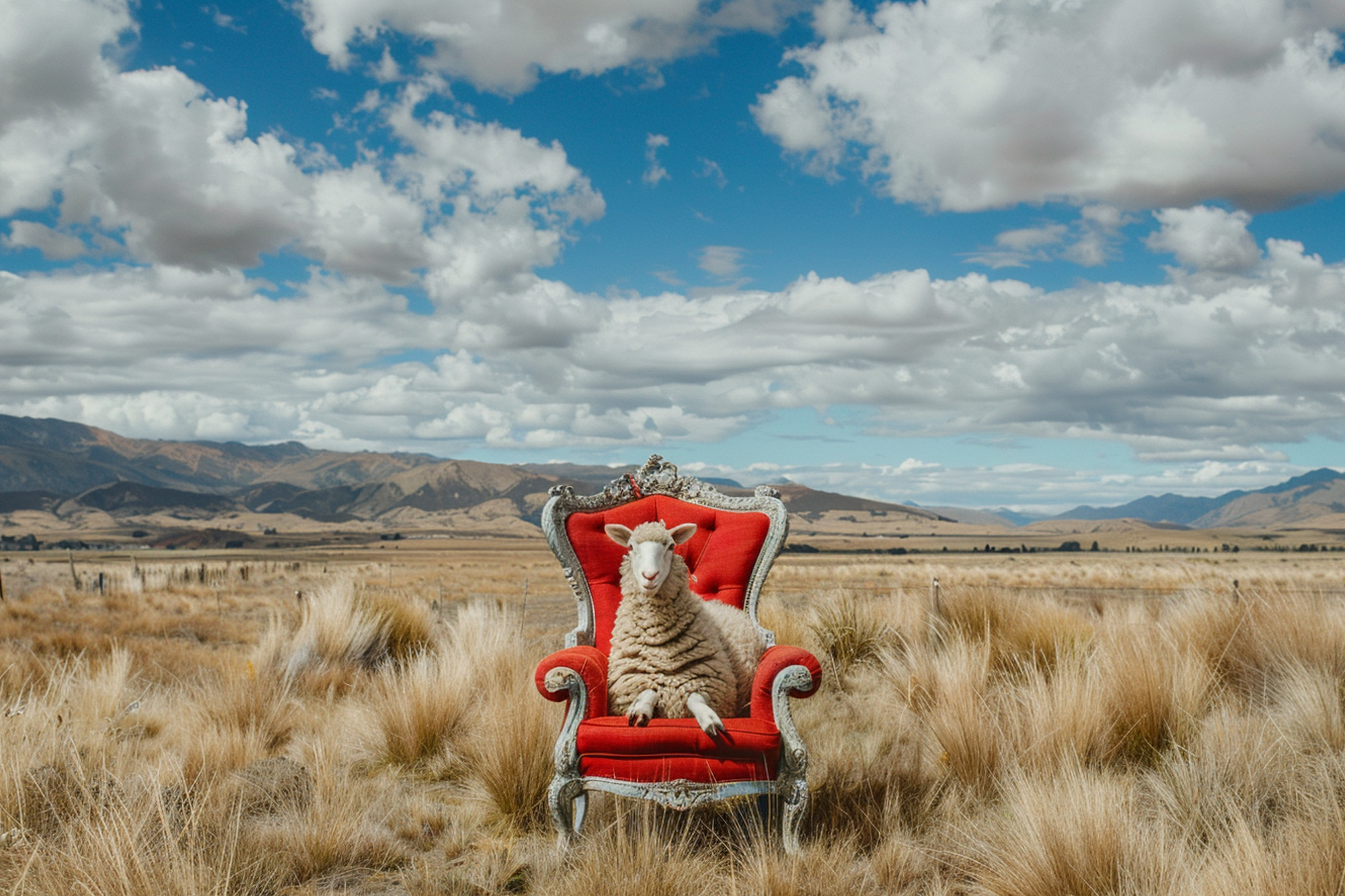
For years I have advised clients to stay away from politics and social reform when shaping their brands. I’m now eating my words.
As we shift from rampant to more discerning consumption, brands must evolve too.
Before, there were two questions a customer would ask:
“What does this brand offer?” and “why do I need it?”.
Then came a third:
“How does this brand bring me closer to who I want to become?”.
Now, a fourth question enters the equation:
“How does this brand bring us closer to the kind of future we want to live in?”.
A triple bottom line—people, profit, planet—will become a cornerstone of brands as ‘conscious consumers’ grow in number and look for products and services that align with their moral compass. Already, we are seeing pledges to divest and deny work from socially and environmentally harmful companies, such as Big Oil. Brands that resist this transition will find it difficult and face abandonment if they ignore the issues important to the evolving customer, particularly younger generations who will inherit the world.
Creating the ‘Cool’ Factor.
Brands have a significant role to play in the transition to more responsible consumption. However, whilst we are still continuing to learn more about the impact of our unsustainable lifestyles, a ‘matter-of-fact’ approach won't be enough. There is a duality that exists in the ethical branding space: more ethical practices are expected from brands, yet at the same time, people are becoming increasingly numb to stories told about social and environmental crises, filled with statistics of incomprehensible scale. It’s unsurprising that to the common consumer, recognising or even caring about the link between their choice of shirt and melting glaciers thousands of kilometres away is difficult. Intangible facts—without a compelling story—will never move people for the better.
Today, doing the bare minimum by ethical standards fails to create a significant point of difference for your brand; pinning ethical accreditation logos to one’s website isn’t enough. Through better storytelling and aesthetics, brands must build a deeper emotional attachment to, and desire for, their ethical endeavours. Rather than preaching the politics of sacrifice, brands must help romanticise the future they’re building. They can’t make it inconvenient or difficult to change consumption habits. They have to create the cool factor: they have to make it cool, possible and compelling to buy less by buying better; to adore craftsmanship; to admire nature's cleverness; to be intrigued by where and how something was made; to cherish that patina from a well-built item well-used.
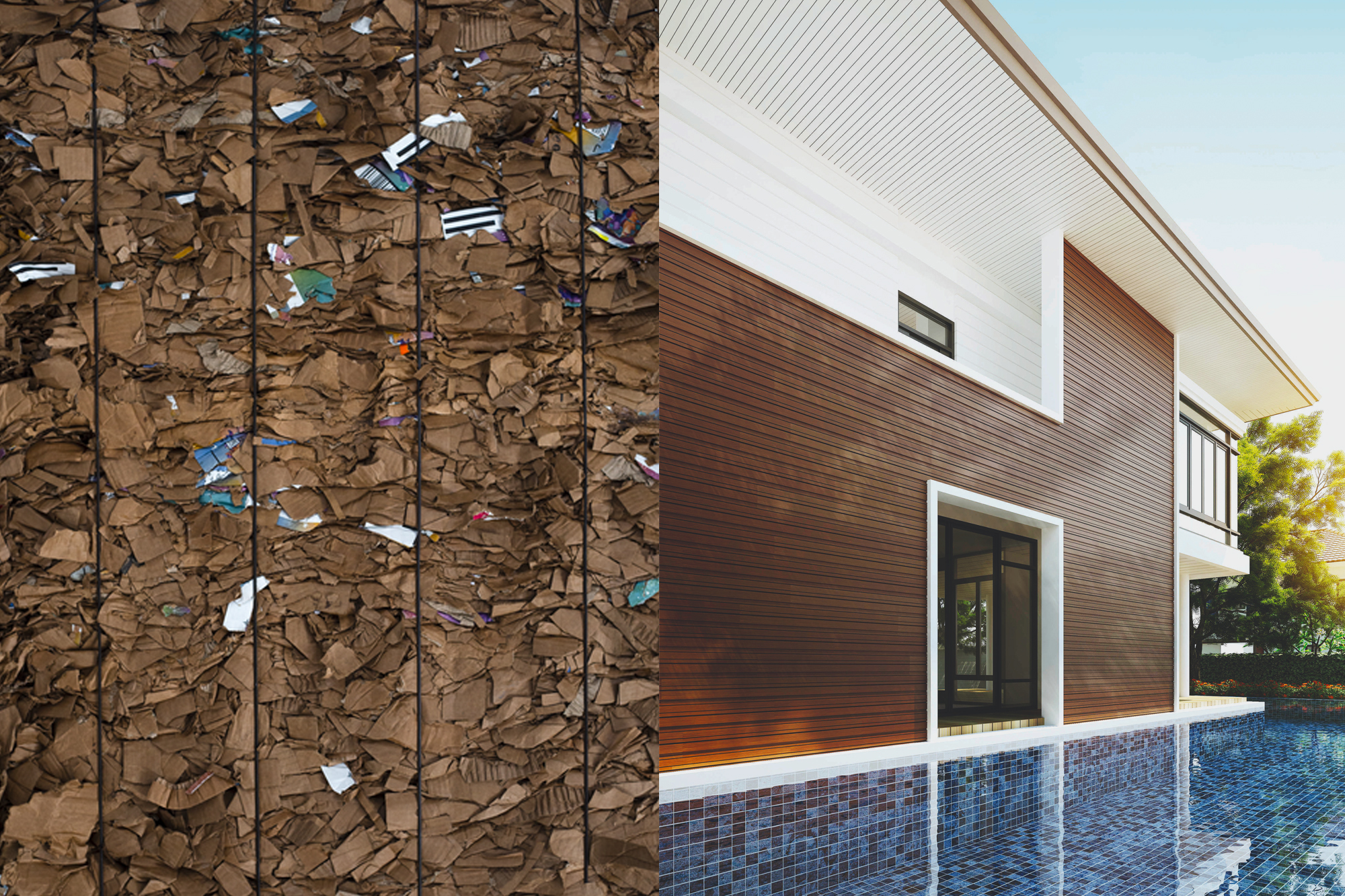
INSEE is on a journey to transform the way we build, from reducing the emissions of concrete to developing new products from discarded materials. Conwood (pictured) is made from waste packaging, including corrugated cardboard cartons, boxes, sheets, and trimmings, and given a new life as cladding for luxury houses.
It Doesn't Happen Overnight.
For most, the path towards becoming an ethical brand is a journey. This switch doesn’t happen overnight, and communication that refers to it as such will feel disingenuous and misleading to the customer. Authentic and transparent conversations need to occur between a brand and customer early on in this journey. Engage your audience early to help shape the path forward and align expectations. Acknowledging—honestly—where you’ve come from and the challenges you face in this pursuit is critical to avoiding greenwashing. Regular updates on progress towards ethical endeavours can continually reengage customers, educate them about what you’re working on, and help build wider momentum towards the future you’re building.
Rectifying the Tragedy on the Hillside.
You need to look no further than the sheep on the hillside to recognise the tragedy of a natural, renewable product eclipsed in its story. In the past, humans embraced the incomparable qualities of sheep’s wool: its strength, warmth, odour resistance, breathability, fire resistance and more. Today, wool has fallen swiftly to the back of the queue behind cheap synthetics that told a more compelling story through innovative, seasonal designs and a new era of clothing consumption. Wool, once a treasure that took its place on the thrones of kings, is now being clipped to the floors of wool sheds. One of nature’s most incredible, renewable resources has become more expensive to shear than to sell. Better stories need to be told.
Sheep Inc, a merino-based fashion brand, is trying to change this. Beyond ethical, carbon-negative suppliers; european knitting factories run on 100% solar power; and investing in environmentally regenerative projects, they take it a step further. They support their ethical endeavours with a story, tone of voice and aesthetic. The brand is full of wit, sheep-puns and vibrant visuals that distinguish it from the beige sweater brands we so often see. They also physically integrate the product story into their garments; each item features a scannable tag that reveals the individual journey of its creation—from the sheep and farm where the wool was sourced, to the factory where it was knitted. Through this work, the brand is repositioning the humble woollen sweater away from being a ‘legacy’ product, to one that is driving innovation forward in the fashion space, and educating customers to be more conscious about where and how they consume.
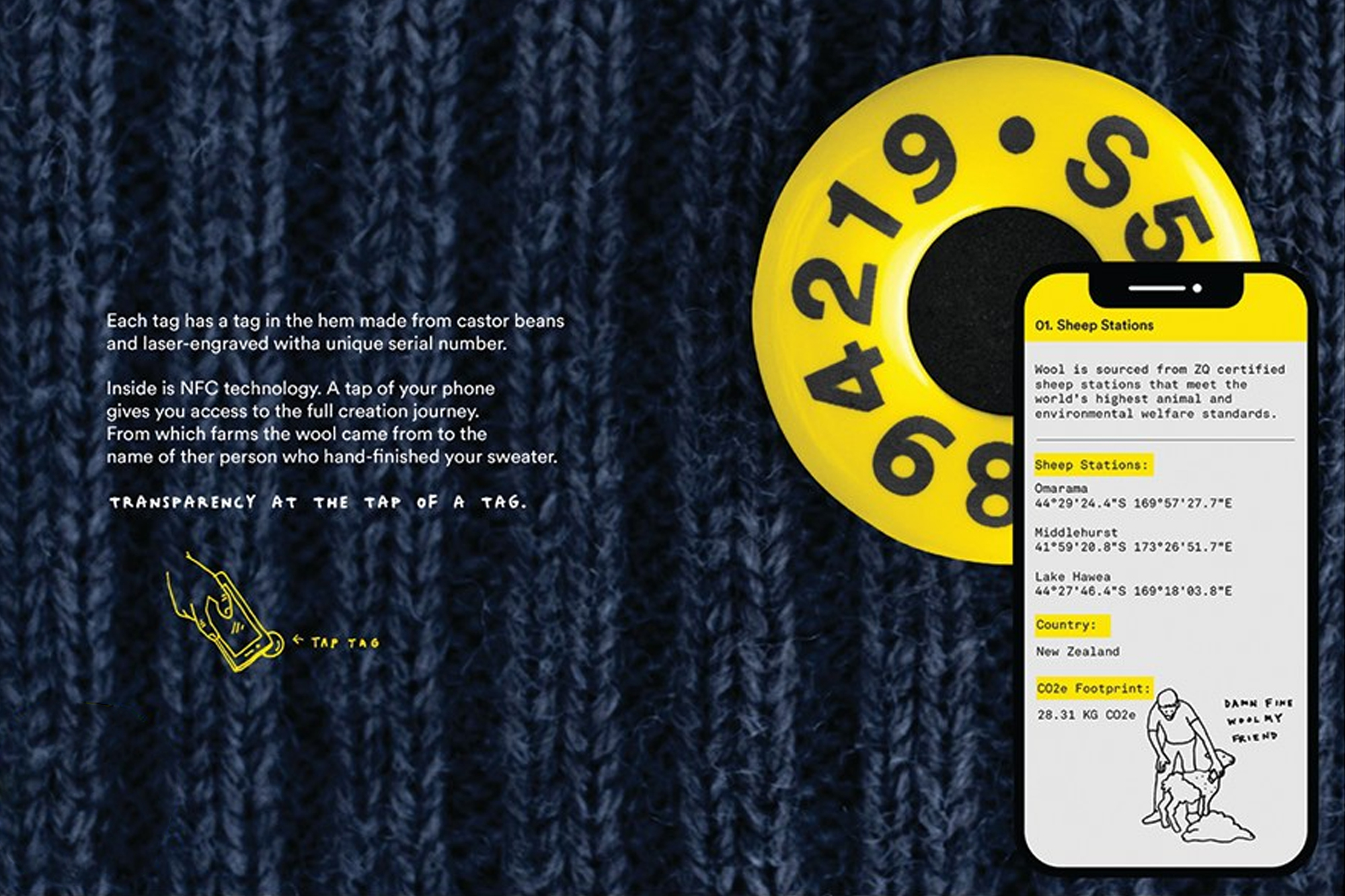
Sheep Inc's 'Connected Dot' enables its customers to learn about the journey their garment has taken.
What is Your Better Story?
For decades, successful brands have understood that they need to communicate more than just features and specifications; telling a captivating story about how their product or service connects to the customer’s identity.
Redefining how ethical stories are told—through wit, excitement, quality, desire and provenance—is critical to capturing emotions beyond fear and anger. Create the cool factor to catalyse this movement, because if a brand is to have a future, so must the planet.
Is it time to rejuvenate your brand by embarking on an ethical journey?
How are you deepening your connection with customers beyond simply satisfying their consumptive behaviours?
As customers become more educated about the impact of their consumptive behaviours, ethical initiatives will become vital for the long-term success of a brand—but do you understand your audience well enough to communicate your ethical values effectively?
In a business landscape often prioritising profit over purpose, how are you pursuing your ethical goals in a way that creates greater distinction, loyalty and reputability for your brand?
Have you outlined your sustainability journey, engaged with your employees and customers, and mapped out the steps forward? How are you ensuring the journey is measurable and effective, and that you can stay accountable along the way?
Can you craft a narrative that transforms your ethical behaviours into a transparent, authentic and captivating story?
By Brian Richards & Marco de Kretser
17th May 2024

